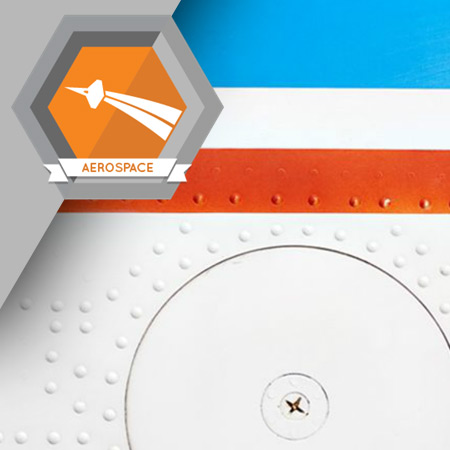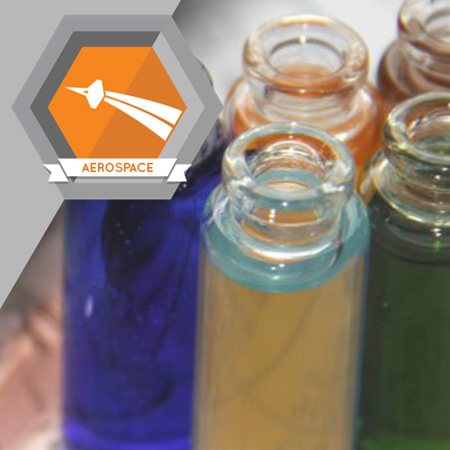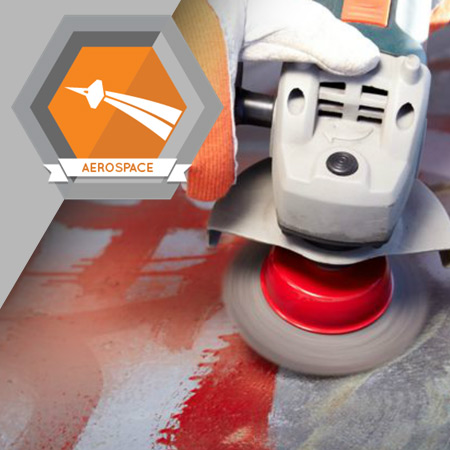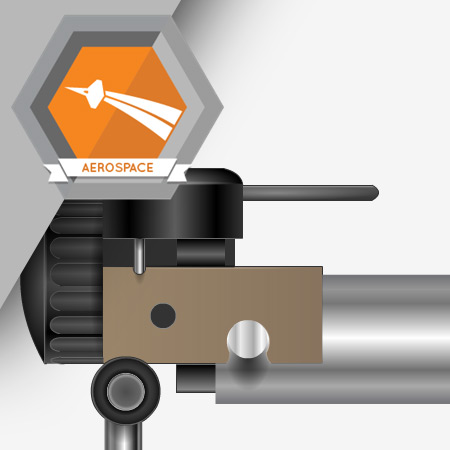
Sealing the surfaces of an airplane is vital to maintaining the aerodynamics of the airplane, preventing cabin pressure loss, inhibiting corrosion, and providing leak-proof fuel tanks.
Estimated completion time (hours): 0.8
Objectives
By the end of this course, you will be able to do the following:
- Understand the purpose of sealing
- Describe how sealing prevents corrosion
- List the other important functions of sealants

The solvents and sealants used in the construction of an airplane are chemicals. Understanding how to properly protect yourself from unnecessary chemical exposure will ensure you remain safe and healthy.
Estimated completion time (hours): 1.0
Objectives
By the end of this course, you will be able to do the following:
- Define a physical hazard in relation to working with chemicals
- Define a health hazard in relation to working with chemicals
- List some potential physical hazards associated with chemicals
- List some health hazards associated with chemicals
- Understand what is meant by exposure to a chemical
- Understand some of the personal protective equipment used to minimize your exposure to chemicals

Before sealant is applied to the surfaces of an airplane, those surfaces must be clean of debris, oil, and other contamination. Proper cleaning requires training in specialized cleaning techniques.
Estimated completion time (hours): 1.0
Objectives
By the end of this course, you will be able to do the following:
- List the steps in the cleaning process
- Recognize the tools used for cleaning surfaces in the airplane
- Know some common solvents used for cleaning surfaces in the airplane
- Describe the steps necessary to correctly apply solvents to a surface that must be cleaned
- Recognize when a surface is properly cleaned and ready for sealing

The type of sealant you will use depends on the function and purpose of the component you are sealing. Knowing how to select the correct sealant is essential to performing the proper sealing process.
Estimated completion time (hours): 0.9
Objectives
By the end of this course, you will be able to do the following:
- List the common categories of sealants
- Know the difference between premixed and two part sealants
- Know why some premixed sealants must be stored in the freezer
- List the different sealant applications
- Understand the function of the different sealant applications
- Know where to look for the information you’ll need to ensure you use the right sealant for the right application

A special tool called a sealing gun is used to apply sealant to the different parts of an airplane. Understanding how to properly use the sealing gun will ensure you perform the sealing process properly.
Estimated completion time (hours): 0.9
Objectives
By the end of this course, you will be able to do the following:
- Identify the parts of the sealing gun
- Assemble a sealing gun
- Describe proper sealant application guidelines
